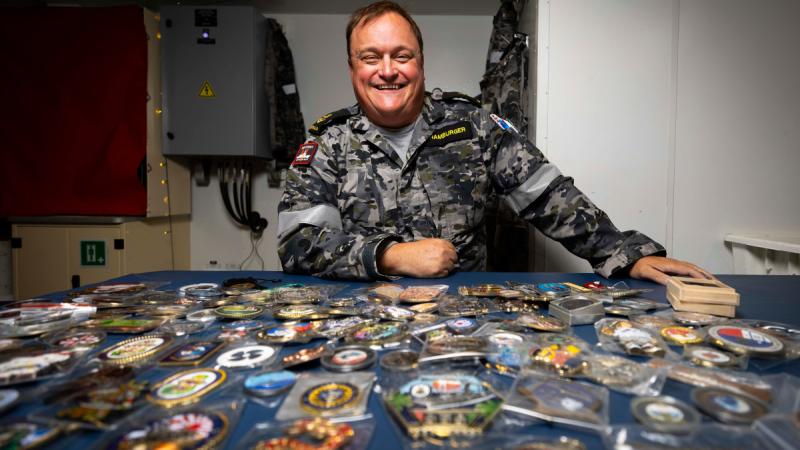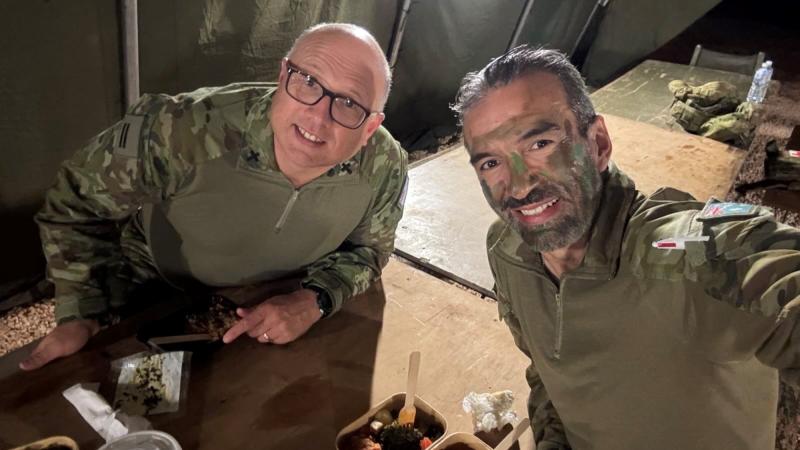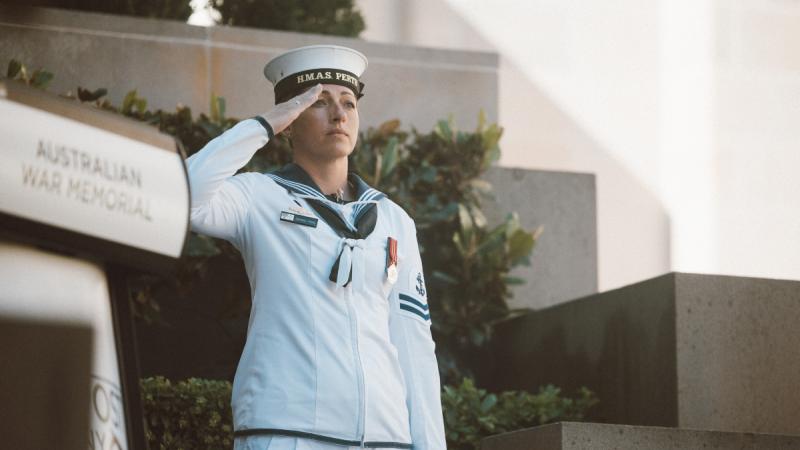6 February 2024
The 1942 sinking of HMAS Patricia Cam, and the loss of nine men – including three Yolngu passengers – is one of Australia’s least-known wartime tragedies.
A commemorative service to mark the 81st anniversary was held at the Buku-Larrnggay Mulka Centre at Yirrkala, East Arnhem Land, on January 22.
Patricia Cam was on a coastal passage from Elcho Island to Yirrkala via the Wessel Group, on a mission to drop off four Yolngu men at Yirrkala, and to transport Reverend Leonard Kentish.
In his capacity as the regional Coastwatcher coordinator, Reverend Kentish planned to deliver codebooks to Coastwatchers stationed along the northern coast.
One of the Yolngu men on board, Paddy Babuwan, an experienced local mariner, was the ship's pilot, assisting in navigating the vessel safely through the numerous shoals and reefs along the coast.
At about 1pm on January 22, 1943, having just departed Elcho Island, Patricia Cam was suddenly attacked by a Japanese floatplane.
According to survivors, the plane cut its engine and emerged from the sun, leaving the crew no time to defend themselves. The plane bombed Patricia Cam twice before it sunk just off Marchinbar Island in the Wessel Group.
The floatplane then landed near the survivors in the water, and Reverend Kentish was taken prisoner and held at Dobo, Indonesia, where he was later beheaded by the Japanese. It was the only recorded capture by the Japanese in Australia in World War 2.
The 18 survivors, who had clung to a makeshift life raft made of parts from the bombed vessel, eventually came ashore on Gurraka Island.
Two more men, Stoker Percival Cameron and Yolngu man Milirrma Marika, died the next day and were buried together on Gurraka Island. Local knowledge from the surviving Yolngu men kept the remaining survivors alive until they were rescued by HMAS Kuru several days later and taken to Darwin.
This year’s commemorative service was conducted by Lieutenant Commander Mark Sorby and Chaplain Esava Koro, of HMAS Coonawarra, followed by a wreath-laying ceremony at the Yirrkala foreshore memorial.
The service commenced with a moving Welcome to Country ceremony performed by Bakamumu Marika, a local Elder and head of the Rirratjingu Clan of Yirrkala, and his two brothers who are the direct descendants of Mr Marika.
About 40 people, including Coonawarra representatives, NORFORCE Arnhem Squadron personnel, local Elders and members of the public attended the service.
Well-known local conservationist and educator Ian Morris was in attendance and spoke during the service.
“Commemorating the sinking of Patricia Cam each year has never been more important, as all of the survivors have now passed. It is a reminder to current and future generations of how close the war came to our shores in Australia,” Mr Morris said.
“This is also an appropriate opportunity to honour both Yolngu and the Royal Australian Navy sailors who, together, made the ultimate sacrifice in the defence of Australia on that day in 1943.
“The story of the Patricia Cam is an example of how Indigenous people across our northern coastline worked together with defence forces in defending Australia against invasion during the war, but sadly these stories are hardly known.”
Mr Morris said the commemoration of Patricia Cam by the community of Yirrkala and the Navy brought the Yolngu and Balanda people closer together.
“The commemoration also helps to promote understanding and a sense of pride in our collective past among succeeding generations,” he said.
“I feel that as time goes by, stories like this one will become more and more important to all Australians.”
The service concluded with the reading of the Ode in Yolngu Matha by Sergeant Jeremy Kee, of NORFORCE Arnhem Squadron, and the playing of the Last Post.
A morning tea was provided at the Buku-Larrnggay Mulka Centre, which allowed those present to meet the descendants of Mr Marika, and learn more about the wartime tragedy.


